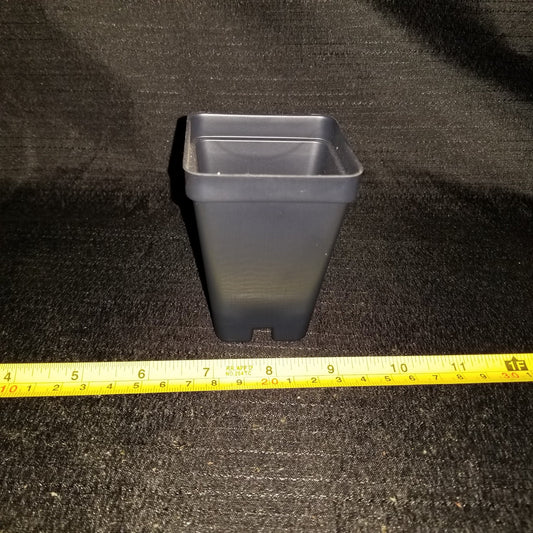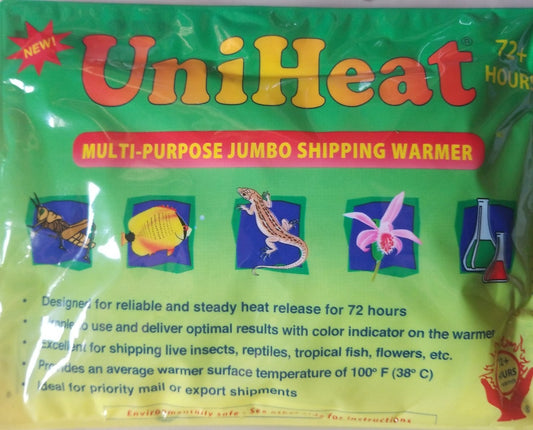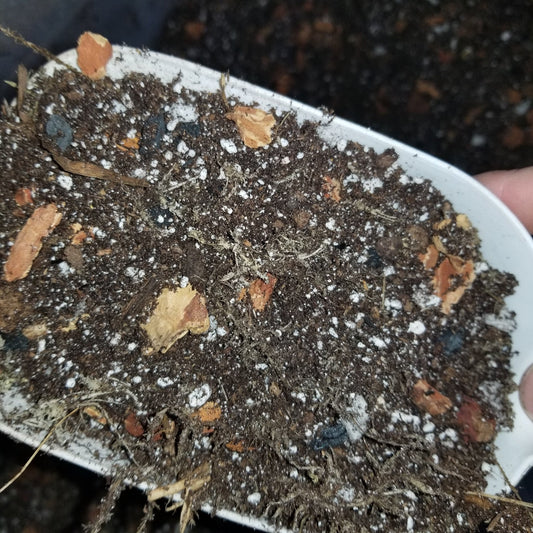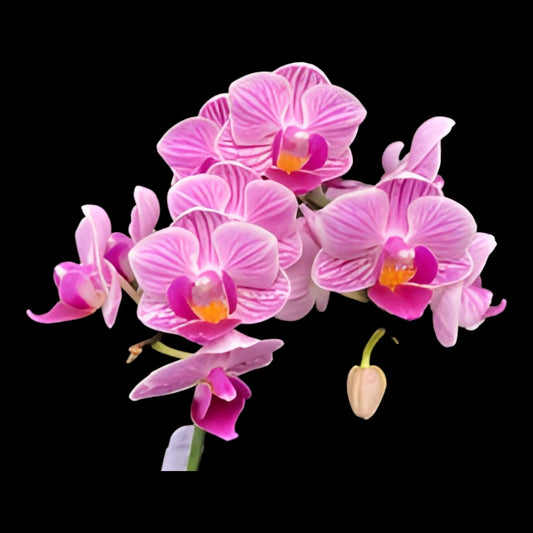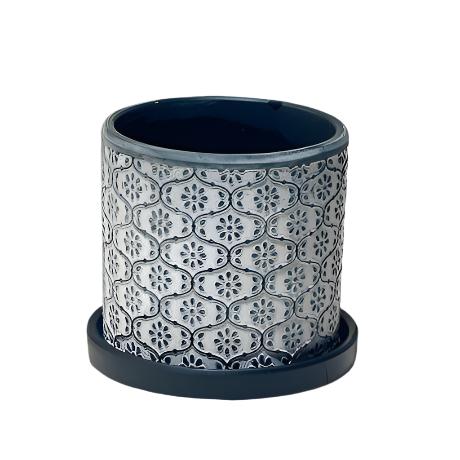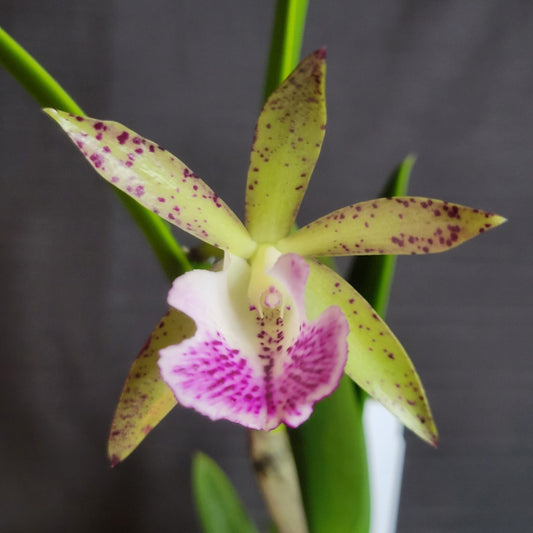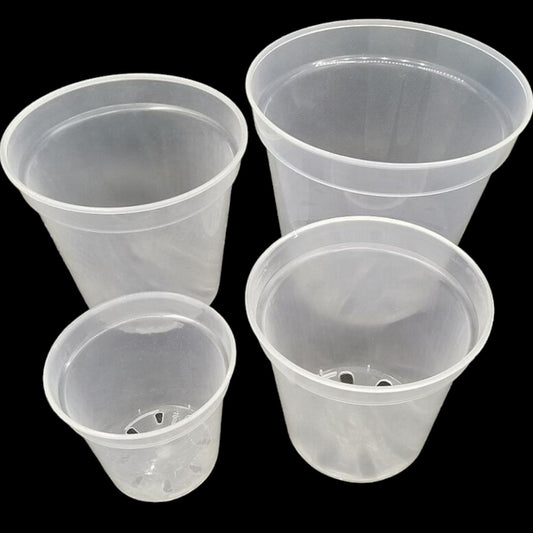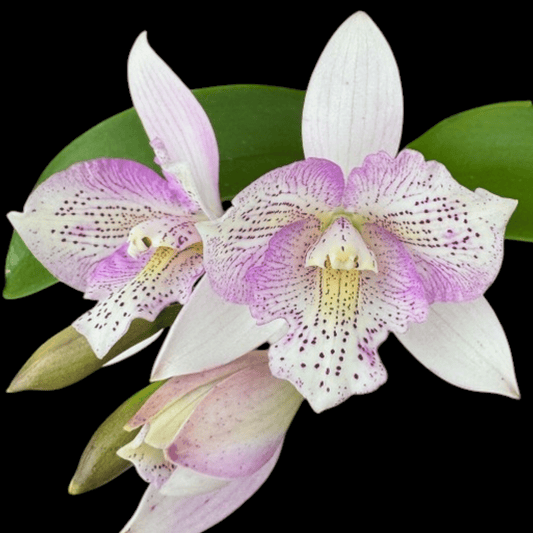Collection: Products
-
2" square plastic pot
Regular price From $0.50Regular priceUnit price / per -
2.5" plastic rose pot
Regular price From $0.50Regular priceUnit price / per -
3.5" square plastic pot
Regular price From $0.75Regular priceUnit price / per -
72 Hr Heat Pack +/- insulation for Shipping
Regular price $4.00Regular priceUnit price / per -
African Violet Potting Kit
Regular price From $3.25Regular priceUnit price / per -
 Sold out
Sold outAlcra. Mem. Donald Yamada 'FJ-72'
Regular price $29.00Regular priceUnit price / per -
Angraecum bicallosum
Regular price $18.00Regular priceUnit price / per -
Aroid potting media
Regular price From $8.00Regular priceUnit price / per -
ASSORTED COLOR Bud/Bloom Phalaenopsis Wholesale
Regular price From $12.75Regular priceUnit price / per -
Balter Decorative Pot with saucer
Regular price From $15.25Regular priceUnit price / per$28.50Sale price From $15.25Sale -
Bc. Tigrinodosa 4N (C. leopoldii v. albina 4N x B. nodosa 4N)
Regular price $28.00Regular priceUnit price / per -
Bulbo karenkoensis var calvum
Regular price $18.00Regular priceUnit price / per -
Clear/Translucent Plastic pot
Regular price From $0.65Regular priceUnit price / per -
Clty. Chantilly Lace 'Twinkle' HCC/AOS
Regular price $24.00Regular priceUnit price / per -
Coffee plant
Regular price From $6.50Regular priceUnit price / per -
Sold out
Den Blue Twister
Regular price $28.00Regular priceUnit price / per
Subscribe to our emails
Subscribe to our mailing list for insider news, product launches, and more.

